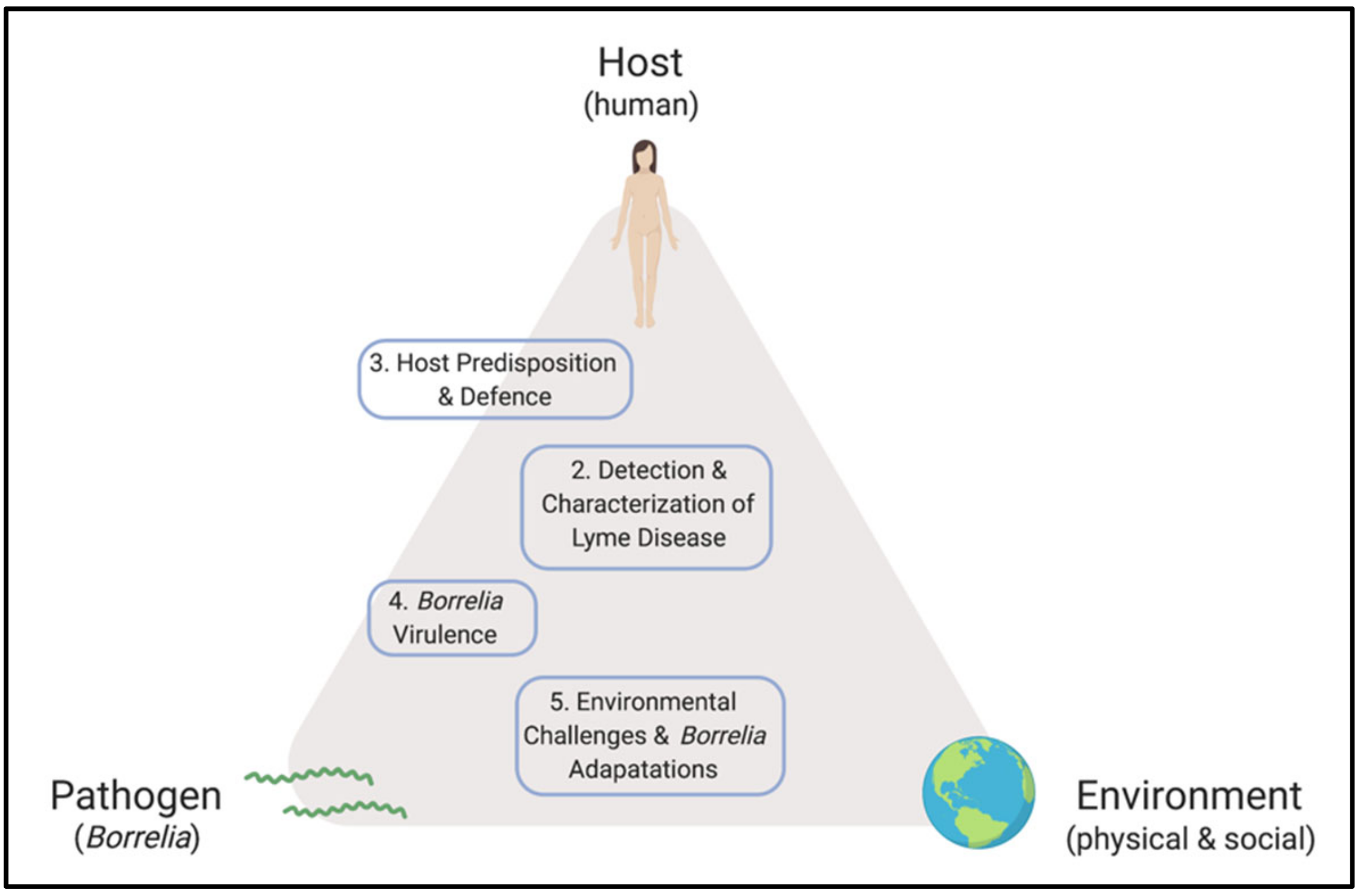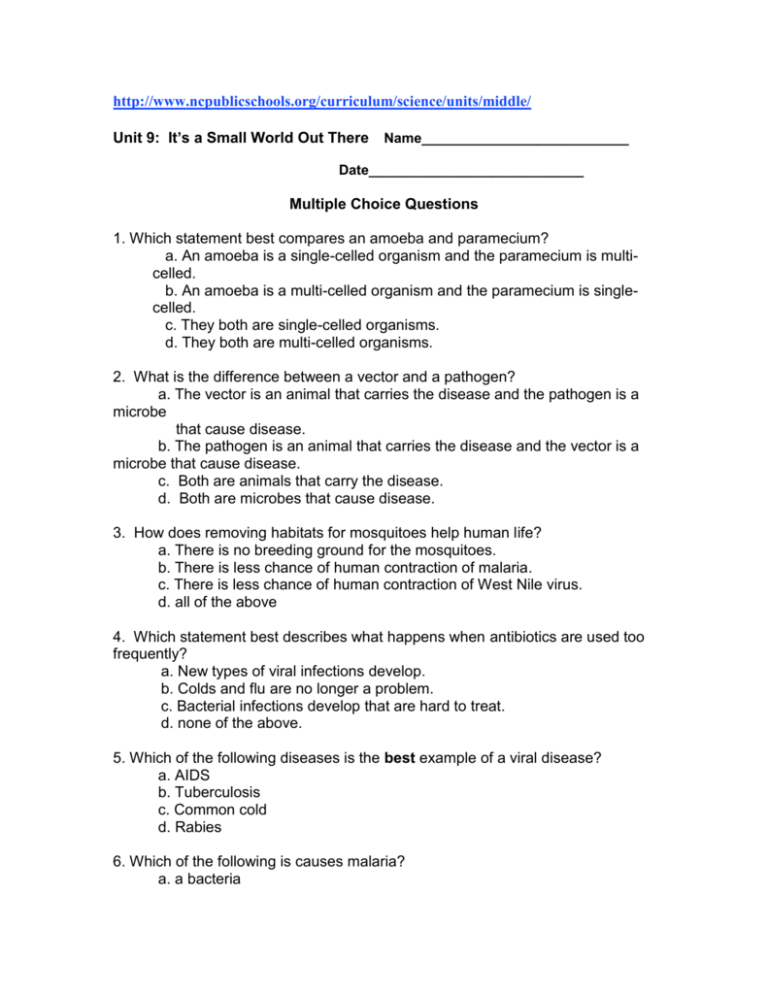What Best Describes the Relationship Between Host and Pathogen
Cartoon based schematic representation of different types of interactions between a host and pathogen model. Zhan et al 2014.

Objective Iii Set Ppt Download
Over the past decade of.

. The ABH histo-blood group antigens are a set of cellular and secreted glycolipids and glycoproteins that are key determinants of host susceptibility to a number of gastrointestinal pathogens. The first five mechanisms make up a patho- gens invasiveness ie ability to invade tissues. M Linsay B Stevens R.
The relationship between a host and pathogen is dy- namic. A major trait of hostpathogen interactions determining host range is genetic specificity ie only a subset of pathogens can infect and multiply in a certain host and for a particular hostpathogen interaction often only a subset of pathogen genotypes can infect and multiply in each host genotype Agrawal and Lively 2002 2003. They are prokaryotes I.
Host genetic and nutritional factors affect susceptibility to cholera. This relationship may take the form as an interaction between two molecules concordant activity between two enzymes or some other biological process. Obligate parasites are mostly pathogenic bacterias which are associates with their hosts.
3 In biological transmission a vector transmits pathogens by defecating while taking a blood meal. They seem to affect host cell receptor specificity for pathogen and toxin binding. The intimate and persistent connection between Mycobacterium tuberculosis and its human host suggests that the pathogen has evolved extensive mechanisms to evade eradication by the immune system.
The interrelationship between the parasite and host populations incorporates with the infection level. 2 Assisting penetration of viral nuicleic acid into the host cells. They are classified in domain Archaea H.
They are sensitive to penicillin. 5 In biological transmission pathogens multiply in the vector which can transmit the pathogens by injecting saliva directly into the. Select all that apply.
A microscopic acellular agent composed of nucleic acid surrounded by a protein coat. In the simple host-pathogen model which term describes the rate at which a susceptible individual encounters an infected individual. Empirically assessing the relationship between pathogen life-history traits and their disease dynamics is a crucial next step to enhancing the predictability of disease distributions and ultimately to gain a better understanding of the ecology and evolution of hostpathogen interactions in natural and agricultural systems Thrall Burdon.
Host may be infectious Describe the prodronal period short period following the incubation period characterized by early mild symptoms such as malaise and fever. Which of the following terms describes the relationship between resident microbiota and their human host. In terms of hostpathogen interactions parasites are likely to be powerful selective agents because they can spread rapidly and cause significant negative effects on host fitness.
4 In mechanical transmission insects contact feces containing pathogenic bacteria and transfer it to food. In particular the organism has adapted to replicate within phagocytic cells especially macrophages which are specialized to kill microbes. Our first approach to this conundrum was to introduce the concept that host damage is the relevant outcome in host-microbe interactions and to propose a pathogen classification scheme based on the ability of a microbe to cause damage as a function of the hosts immune response.
This problem has been solved. 1 Adherence to host cells. Which of the following include prokaryotic cells.
Many characteristics of pathogens are directly relevant to the outcome of their interaction with the host and environment. See the answer See the answer done loading. S DeJongh M Best A.
When infecting an adherent monolayer of macrophages with a defined strain of bacteria macrophages internalize the bacteria become activated and continue. Transmission In order to begin infection and eventually cause dis- ease pathogens must find a transmission route. That is a microorganism capable of causing a disease and the host the.
That framework grouped microbes based on their ability to inflict damage as a function of the. The level of immunity genetic makeup level of exposure state of health and overall fitness of the host can determine the effect a disease organism will have on it. What best describes the relationship between host and pathogen.
Some can act as pathogens G. Varies depending on organism. Examples of such pathogenic bacterias are staphylococci and streptococci.
Antonovics et al 2013. Production of disease occurs through a process of steps. Specifically describe the types of viruses that infect bacteria.
Which of the following bacteria do NOT have a cell wall. Explain the relationship between the normal microbiota and the host upon infection of a pathogen Key Takeaways Key Points The phrase normal microbiota refers to the microorganisms that reside on the surface and deep layers of skin in the saliva and oral mucosa in the conjunctiva and in the gastrointestinal tracts of every human being. Which of the following BEST demonstrates the relationship between this organisms virulence and low pH of stomach acid.
The host parasite relationship is completely dependent on the interaction between two species. At all densities the geese benefit the plants. Rather a microbial disease is best characterized as a relationship between the microorganism called a pathogen.
Time between introduction of microbe into host and first appearance of signs. These include whether the pathogen is always associated with infection of the host obligate or whether it has the ability to survive in the absence of the host facultative. Host species that are continually exposed to a diverse array of parasites should therefore harbor a variety of resistance alleles or a repertoire of inducible defenses.
The LD50 value changes to 502 cells if the bacteria are ingested with alkaline substances. Prokaryotic cells that move in response to oxygen levels are said to display. The virulence or the ability of pathogens to cause.
What best describes the relationship between host and pathogen. The Host A host offers subsistence and lodging for a pathogen and may or may not develop the disease. Which statement best describes the relationship between snow geese and plants in the salt marshes that border the Hudson Bay.
The LD50 of Vibrio cholerae is 1080 cells.

Pathogens Free Full Text Lyme Disease Frontiers Reconciling Borrelia Biology And Clinical Conundrums Html

Microeconomics Exam 3 Review Flashcards Quizlet

Solved 9 Which Of The Following Best Describes The Chegg Com

The Relationship Between A Pathogen And The Host It Infects Is Complex And Varied By Oxford Academic Science Uncovered Medium

Solved Which Of The Following Best Describes The Concept Of Chegg Com

Mastering Microbiology Ch 24 Flashcards Quizlet

Goal 7 Grade 8 Microbiology Eog Questions

Solved 1 Which Of The Following Are The Most Powerful Chegg Com

Ecology Exam Chapters 12 13 14 20 22 25 Flashcards Quizlet

Solved Which Of The Following Are Forms Of Antagonistic Chegg Com

Solved Or Hosptable Environment A Way To Travel To The Next Chegg Com

Solved 9 Which Of The Following Best Describes The Chegg Com

Symbiotic Relationship An Overview Sciencedirect Topics

Solved 9 Which Of The Following Best Describes The Chegg Com

Solved 19 Eukaryotic Microbes Can Be Characterized Based On Chegg Com

Solved 1 Which Of The Following Are The Most Powerful Chegg Com

Micro Chat 14 Infection Disease And Epidemiology Flashcards Quizlet

Solved Question 1 Which Statement Best Describes The Chegg Com

Solved 1 Which Of The Following Are The Most Powerful Chegg Com
Comments
Post a Comment